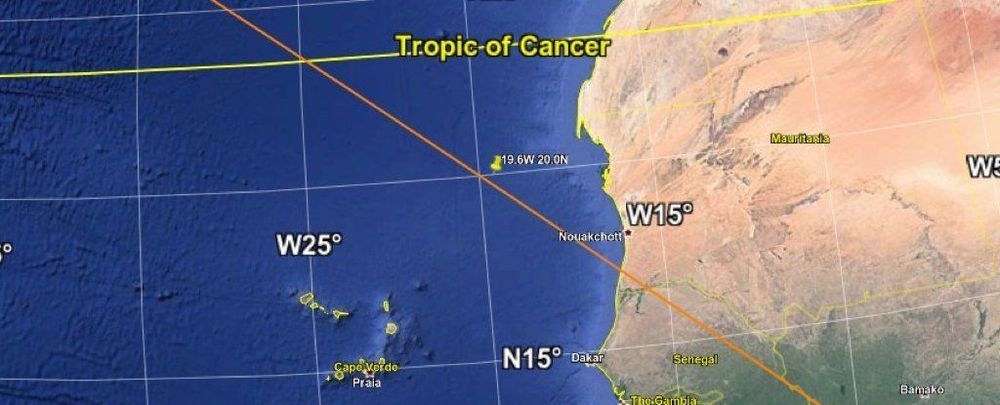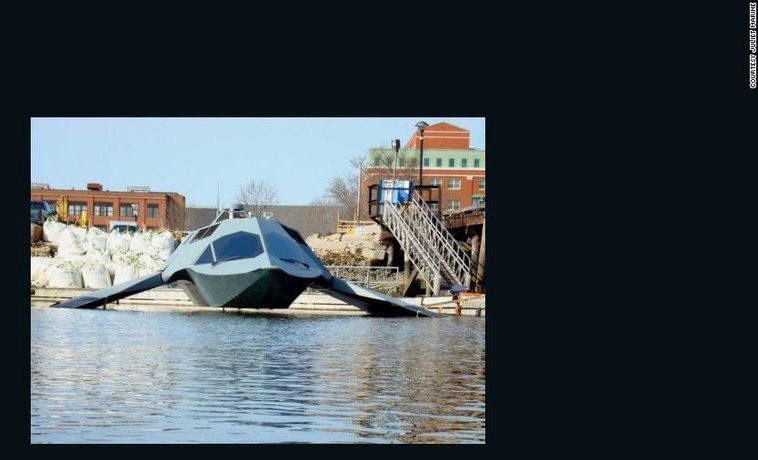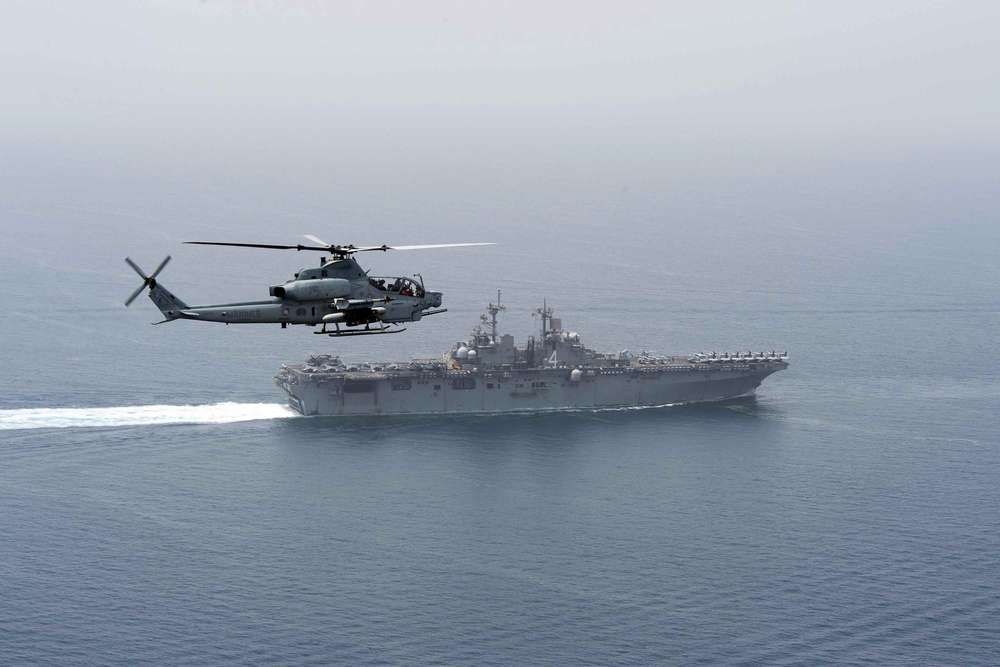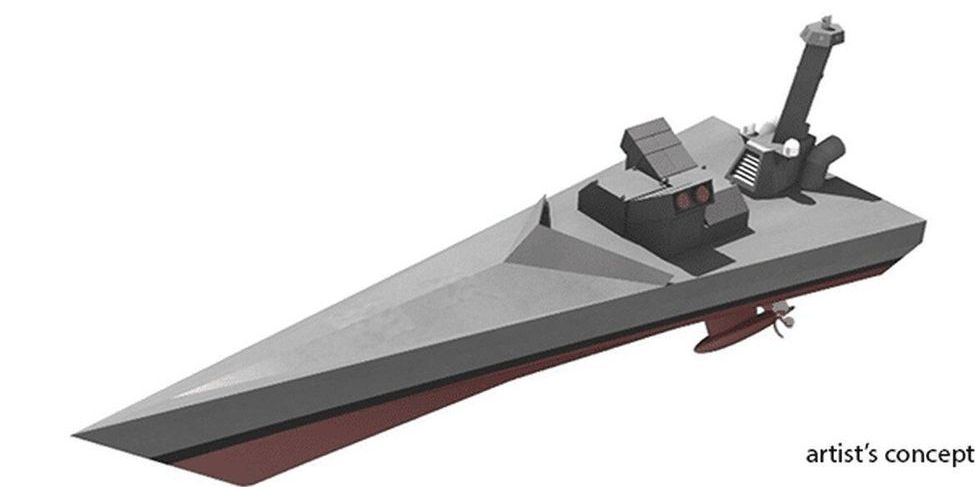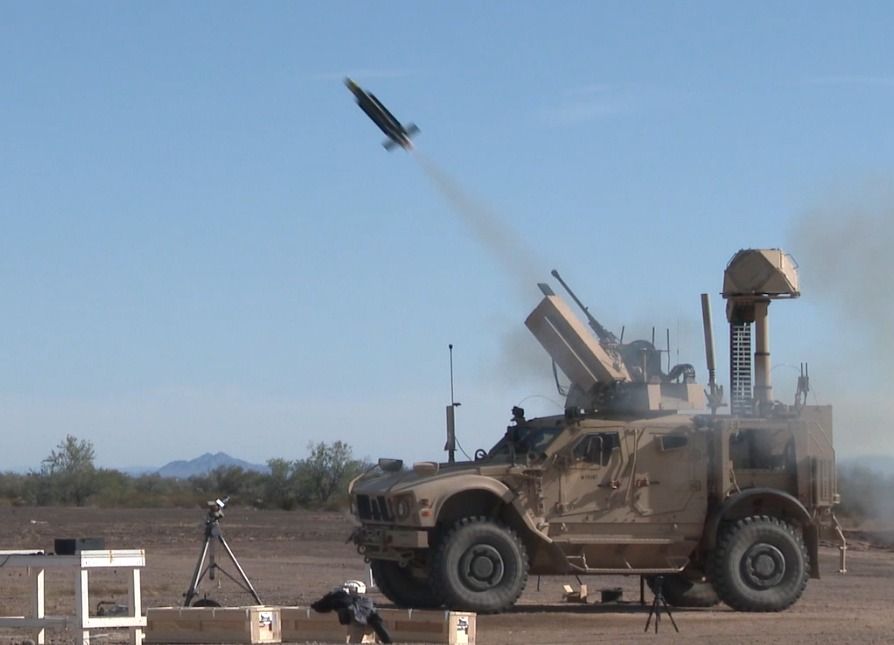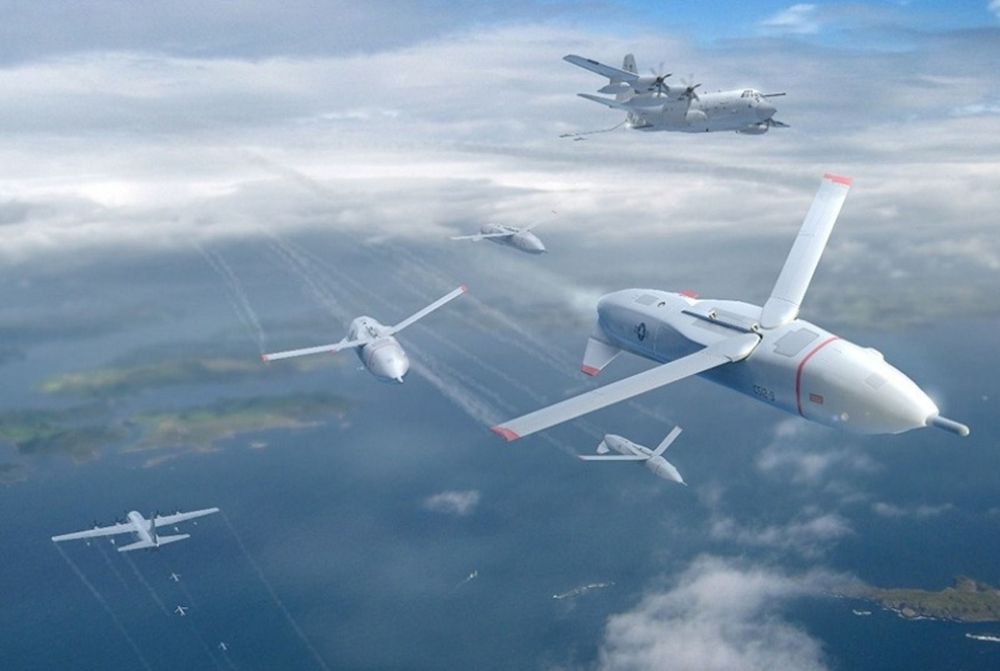The remains of a giant segment of a Chinese rocket crash-landed in the Atlantic Ocean this week, representing the most significant uncontrolled descent of a piece of human-made space debris in decades.
The core stage of a Chinese Long March 5B (CZ–5B) rocket, which was successfully launched on May 5, spent several days in orbit as part of its mission, before re-entering Earth’s atmosphere and falling to Earth, splashing down in ocean waters off the west coast of Mauritania in northwest Africa.
The descent, which was eventually confirmed by the 18th Space Control Squadron, a unit of the US Air Force, was notable not just for its huge mass, but also for the extent of the window of uncontrolled descent, which had space-object trackers guessing just where and when the out-of-control rocket would eventually land.
